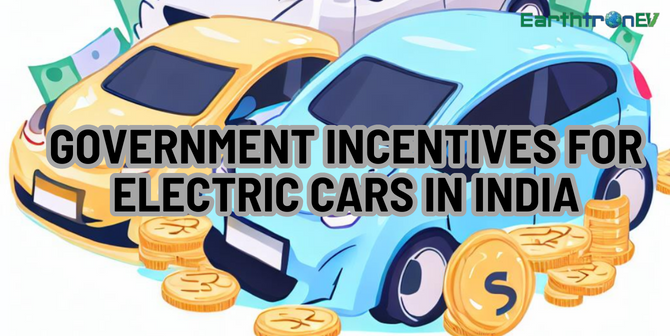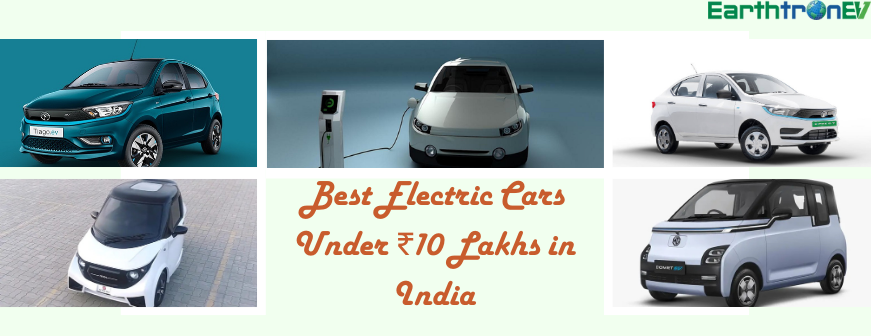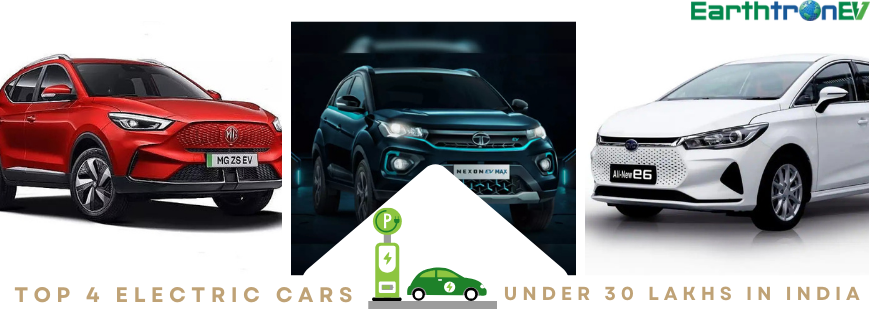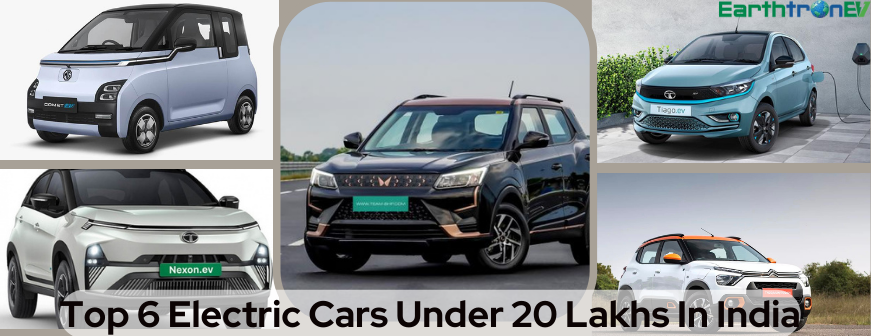A cleaner and greener planet is the need for every living organism on Earth. The change can be impossible in a day or two, but possible if all the youths of this generation worldwide switch to electrification. One such proactive step towards sustainability is turning to fossil-fuel-free Electric Vehicles (EVs). India was once a land of Electric Vehicles back in the 1990s. Due to inadequate technologies, the boost for electrification did not last forever. However, with the evolution of technologies and innovations, the EV market got an extensive demand. This article will discuss the government of India’s grants for electric cars and promotes sustainability through electrification.
Government Subsidy on Electric Vehicles
The government of India has taken initiatives to promote the evolution of Electric Vehicles. Thus, the Indian government made effective plans to increase the usage of EVs evolution. This subsidy scheme made an increase in the purchase of electric automobiles. According to the 2022 to 2023 funding, India saw a Faster Adoption and Manufacturing of Hybrid and Electric Vehicles (FAME) scheme. It will provide a subsidy of up to 2908 Crores in Indian rupees. In 2015, the first phase started with the FAME scheme of electrification. This phase lasted till 2019 after multiple extensions. After the end of the first phase, the second phase started. The release of this phase has supposed to end in March 2022. However, the Indian government has expanded the duration to March 2024. The second phase FAME scheme has sustained over 2 lakh Electric Vehicles. Its subsidy has added up to 900 Crores in Indian rupees.
The citizens of India can now believe in the EV market and the revolution. It has an incentive of 15,000 Indian rupees per kilowatt-hour on two-wheeler EVs. This incentive cap will help reach 40 percent of the EV cost. In the first phase, this boost provided 10,000 Indian rupees registering a 20 percent incentive cap. Karnataka ranks first with the rise in added incentives at the state level. It is when the number of legatees under the FAME Scheme, heeded by Maharashtra, Tamil Nadu, Rajasthan, and New Delhi.
The FAME Electric Vehicle Subsidy by the Indian Government
FAME, short for Faster Adoption and Manufacturing of (Hybrid and) Electric Automobiles in India. It is an incentive agenda for government subsidy on electric automobiles. It was a part of the National Mission on Electric Mobility 2011/National Electric Mobility Mission Plan 2020. The government presented this EV incentive agenda in 2013. The following are the principal factors of the subsidy –
The First Phase
- The first phase of the FAME I scheme got approved for two years. It began on April 1, 2015.
- Then onwards, the government expanded this EV subsidy agenda periodically. The government set the first phase of FAME to March 31, 2019.
- The FAME scheme involved the usage of the Demand Incentive Disbursement Mechanism (DIDM).
- The government established the amount of subsidy on EVs for each vehicle classification depending on technology and battery parameters. This EV classification involves pure electric, hybrid, etc.
The Second Phase
- The second phase of the FAME II e-vehicle subsidy will cover approximately 5 lakh electric 3-wheelers, 7,000 e-buses, 55,000 EVs, and 10 lakh electric two-wheelers.
- The Indian government has expanded the period till March 2024.
- One of the principal sources of attraction of the new FAME II scheme for customers is the increased subsidy for EVs. This category includes two-wheelers.
- The government initially set the incentive for two-wheeler EVs at rupees 10,000 per kilowatt-hour. Then, they increased by 50 percent to rupees 15,000 per kilowatt-hour.
- The e-vehicle subsidy cap got its expansion from 20 percent to 40 percent of the vehicle’s cost.
- The subsidy for Electric Vehicles, i.e., four-wheelers, remains intact at 10,000 rupees per kilowatt-hour.
- The maximum incentive value is rupees 1.5 lakhs for an Electric Vehicle.
Conclusion
The support and encouragement of the Indian government have made the way to sustainability easier. If you are planning to turn to electrification and bring an EV, don’t waste time thinking of the subsidy. The excellent news is that EV users can apply for automobile loans to buy an EV. They only have to spend a small down expense and still avail of the subsidy. But before applying for this procedure, one must ensure their state-wise rules and subsidy concessions before buying an Electric Vehicle.






